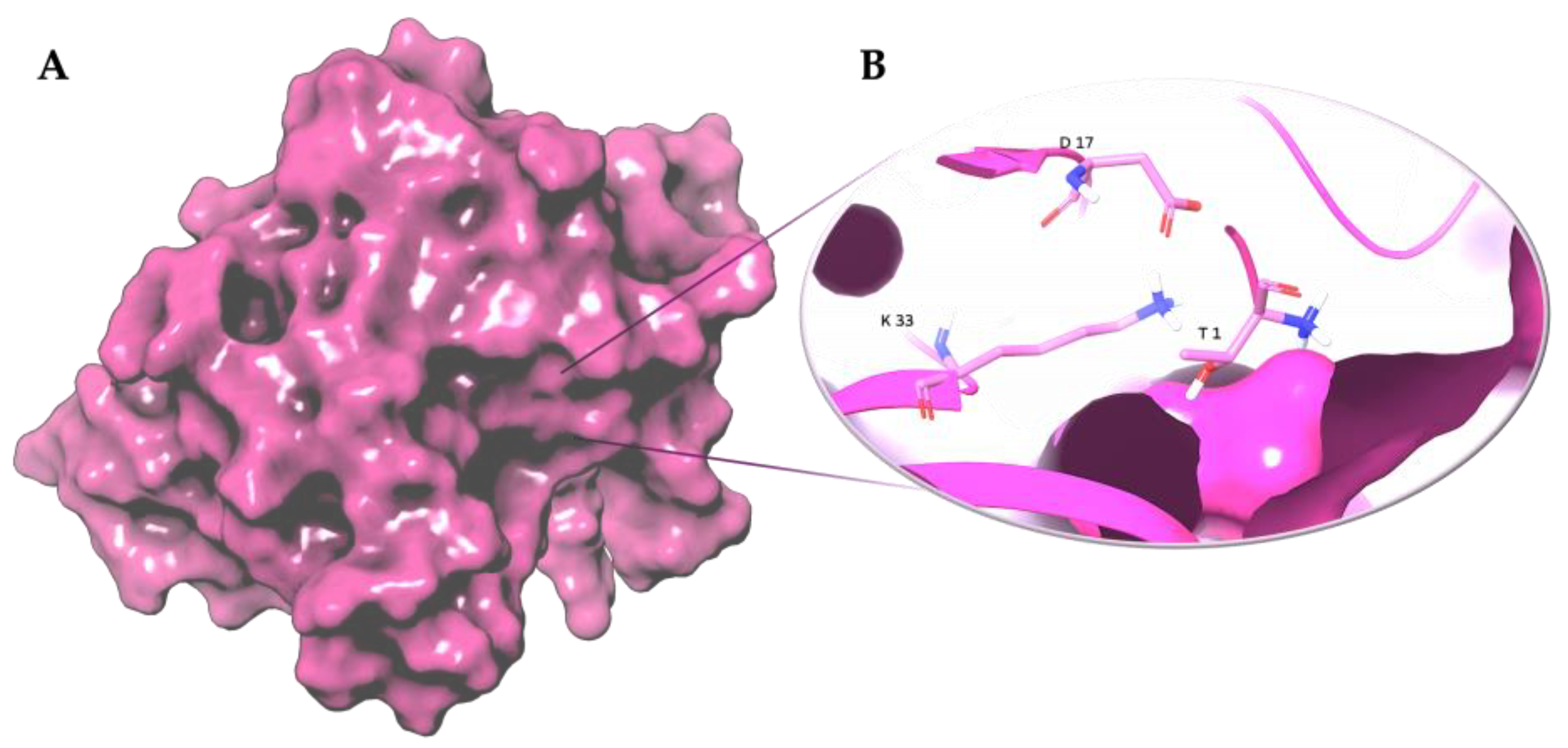Learning from the Proteasome How To Fine Biology Diagrams
BlogLearning from the Proteasome How To Fine Biology Diagrams The proteasome subcomponents are often referred to by their Svedberg sedimentation coefficient (denoted S). The proteasome most exclusively used in mammals is the cytosolic 26S proteasome, which is about 2000 kilodaltons (kDa) in molecular mass containing one 20S protein subunit and two 19S regulatory cap subunits. The core is hollow and

Fulcher et al. show that MDM2 times mitosis through self-catalysed ubiquitination and proteasomal destruction, triggering G1 arrest following delays in mitosis associated with chromosome

The proteasome: structure, function, and role in the cell Biology Diagrams
CDK1 activation downstream of PLK1 activity was delayed in S16A mutant cells, suggesting an important role of α5-S16 phosphorylation in regulating PLK1 and mitosis. These data have revealed an unappreciated function of "exo-proteasome" phosphorylation of a proteasome subunit and may bring new insights to our understanding of cell cycle control.

Throughout mitosis the proteasome remained predominantly at the nuclear periphery. During meiosis the proteasome was found to undergo dramatic changes in its localization. Throughout the first meiotic division, the signal is more dispersed over the nucleus. Tanaka K, Tsurumi C. The 26S proteasome: subunits and functions. Mol Biol Rep. 1997

The proteasome: structure, function, and role in the cell Biology Diagrams
Strikingly, nuclear import of the proteasome in late mitosis takes place even faster than free diffusion of GFP molecules Because proteasome function is required in both nuclear and cytoplasmic compartments, how cells determine when enough proteasomes have entered the nucleus remains to be addressed. Although relative expression levels of

The primary function of the proteasome is to degrade proteins (1). Proteasome substrates include signaling molecules, tumor suppressors, cell-cycle regulators, transcription factors, inhibitory molecules (whose degradation activate other proteins), and anti-apoptotic proteins (e.g., Bcl-2), among others (1).
